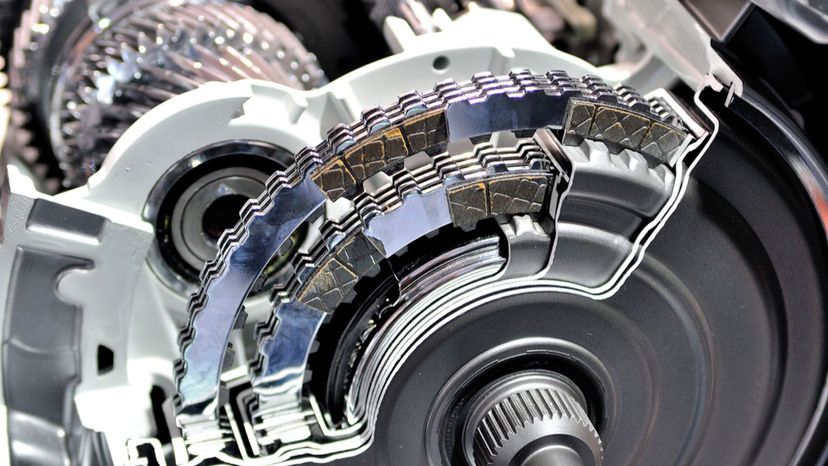
About This Quiz
Are you a motorhead? Do you watch every episode of "Top Gear" or do you just like to think of yourself as a master mechanic? Take this quiz to find out how much you know about transmissions.
What exactly is a transmission? Well, it's the part of your car that moves power to the wheels. In the US, the transmission is the gearbox - it is part of the drivetrain, but not the entire drivetrain. In the UK, the transmission refers to the whole drivetrain, including the gearbox, the clutch, the differential, etc.
Transmissions use a series of gears to provide torque and speed along to the next part in the system, ending at the wheels, which then move the car either forward or backward - depending on which way you want to go. Transmissions are commonly used in cars, but they do have other uses, such as wind turbines, and most everything with an engine, such as farm equipment, mining equipment, and construction equipment.
Transmissions use a series of gears to make the car go faster, by reducing the speed of the gear and increasing torque. We've put together a quiz of 35 questions based on the basics of your car's transmission. We challenge you and your friends to get every question right.
Let's get started.
Advertisement
Advertisement
Advertisement
Advertisement
Advertisement
Advertisement
Advertisement
Advertisement
Advertisement
Advertisement
Advertisement
Advertisement
Advertisement
Advertisement
Advertisement
Advertisement
Advertisement
Advertisement
Advertisement
Advertisement
Advertisement
Advertisement
Advertisement
Advertisement
Advertisement
Advertisement
Advertisement
Advertisement
Advertisement
Advertisement
Advertisement
Advertisement
Advertisement
Advertisement
Advertisement